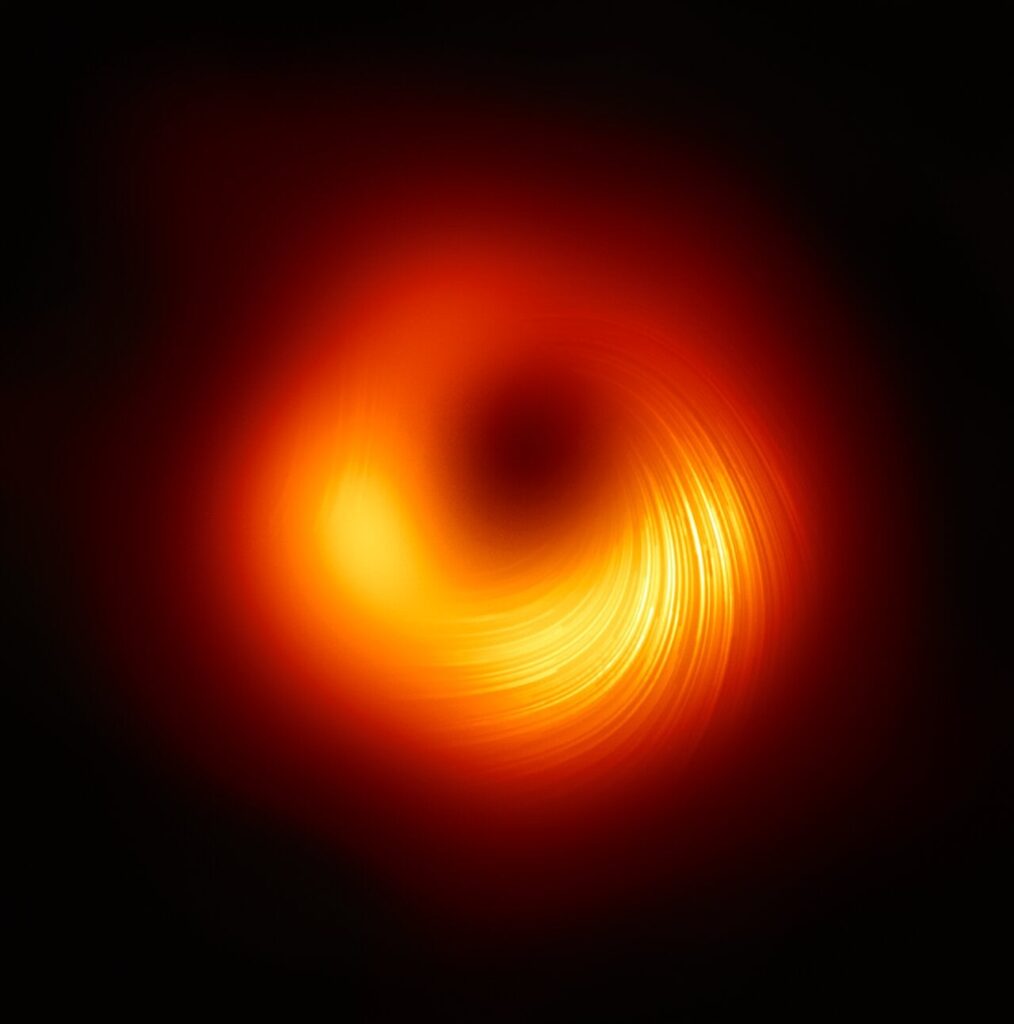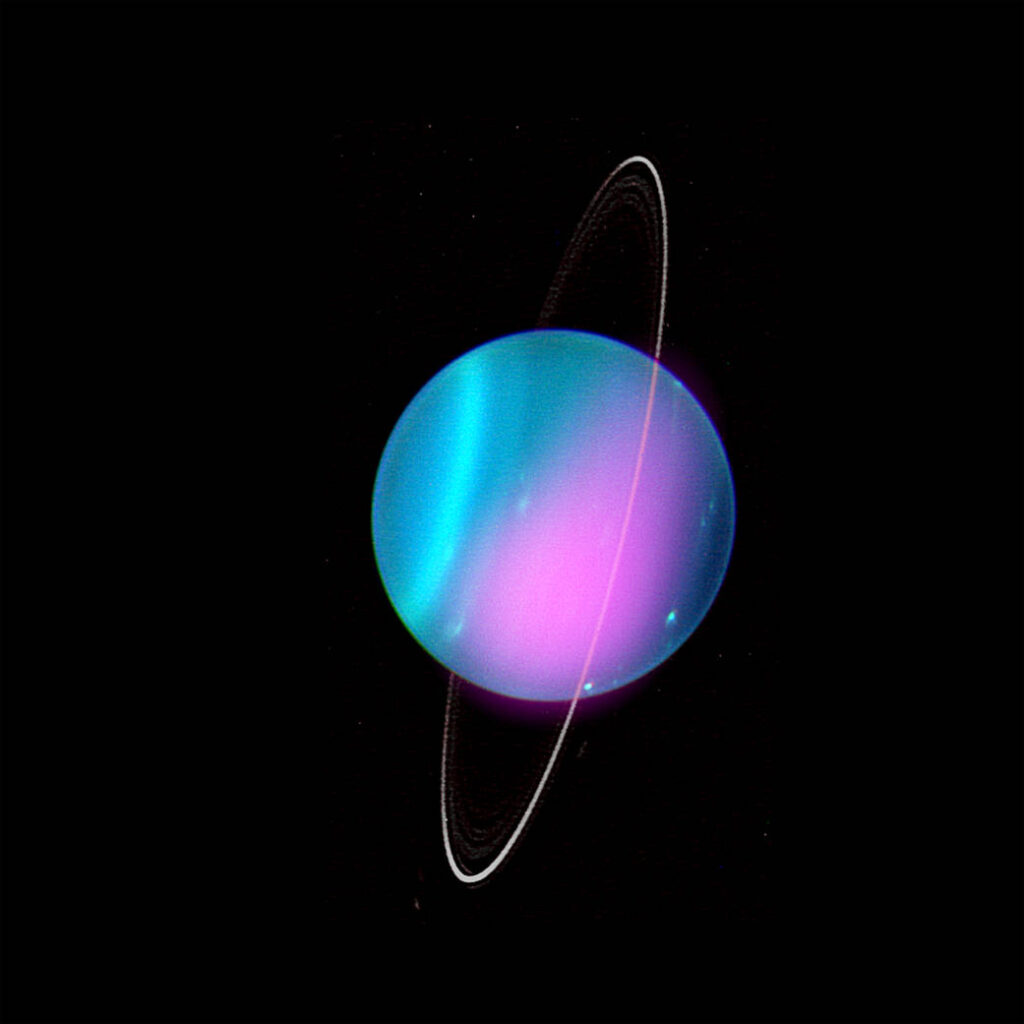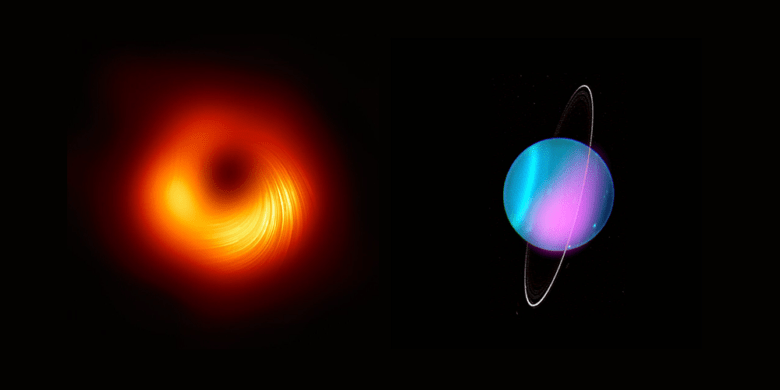There’s been a lot of exciting and interesting space news over the past week, so I thought I’d do a quick little recap to catch you up. Learn more below about the first flight on another planet, a supermassive black hole in M87, and more!
The First Flight on Another Planet
Ingenuity the rotocopter (nicknamed “Ginny”) has safely been lowered to the surface of Mars from Percy the Rover. Now, Percy is rolling away to give it space for its first flight, which is projected to be on April 11th. That means it also has to survive extreme temperature changes and the Martian environment all on its lonesome. Learn more about the plans for this impressive rotocopter here!

The Supermassive Black Hole in M87
File this under one of the coolest images I’ve ever seen. This image of a supermassive black hole in the M87 galaxy – 55 million light-years away – was taken by the Event Horizon Telescope. This telescope isn’t actually ONE telescope, but a collection of eight telescopes from around the world that are linked together to create one, giant EARTH-SIZED TELESCOPE. Its resolution is such that it could see the length of a credit card on the Moon. Here we can see light waves that were polarized close to the edge of the black hole. This will help scientists learn about how some particles can escape moments before capture and are blown out into space in the form of jets. Learn more here!

Uranus is Shooting X-rays
Yes, you read that right *snicker*. The Chandra X-ray Observatory has discovered that Uranus is emitting X-rays – possibly from its rings or auroras. As NASA describes, “Uranus is surrounded by charged particles such as electrons and protons in its nearby space environment. If these energetic particles collide with the rings, they could cause the rings to glow in X-rays. Another possibility is that at least some of the X-rays come from auroras on Uranus, a phenomenon that has previously been observed on this planet at other wavelengths.” Learn more here!

Apophis Will Pass Us
Bruce Willis can rest easy. Apophis, a 1,100ft wide asteroid that has been on our watchlist (or Sentry Impact Risk Table) for a while, is not predicted to hit Earth within the next 100 years. But, that doesn’t mean we won’t get a glimpse of what could have been. Fittingly, on “Friday the 13th” April 2029, Apophis will pass by us 31,643km from the Earth’s surface. This is within the orbit of geostationary satellites and far closer than the Moon, which orbits about 380,000km away. So, we will be offered the privilege of being able to see it with the naked eye as it skims us by. Learn more here!

What space news are you most excited about?



